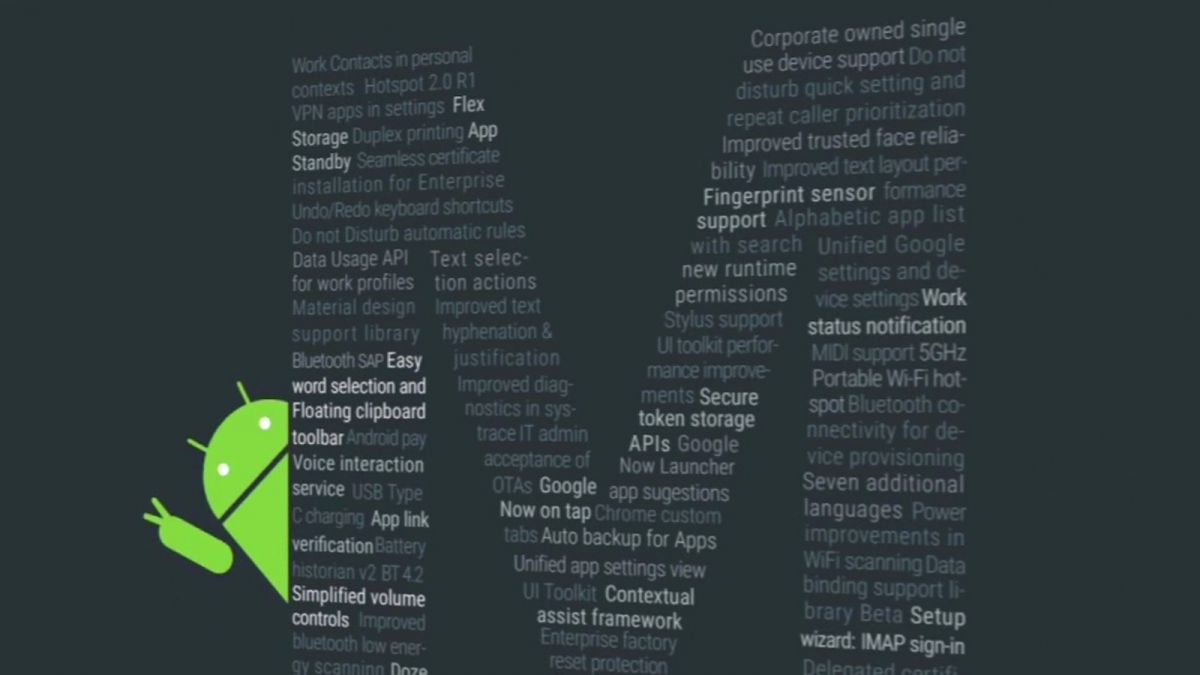Google has released factory images of its latest operating system Android 6.0 Marshmallow for a plethora of Nexus devices. The update includes images for Nexus 6P, Nexus 5X, Nexus 6, Nexus Player, Nexus 9 (LTE), Nexus 9 (Wi-Fi), Nexus 5 (GSM/LTE), Nexus 7 [2013] (Wi-Fi), Nexus 7 [2013] (Mobile), Nexus 10, Nexus 4, Nexus 7 (Wi-Fi), Nexus 7 (Mobile), Nexus Q, Galaxy Nexus maguro, toro, toro plus and the various versions of Nexus S.
In order to flash a device, you need access to the latest fastboot tool that is available from a compiler version of the Android Open-Source Project. You will also obtain the tool from the platform-tools/ directory in the latest version of Android SDK.
Download Android 6.0 Marshmallow Factory Image for Nexus Devices
| Device | Android Version | Download Link |
|---|---|---|
| Nexus 6P | Android 6.0.0 (MDA89D) | angler-mda89d-factory-956d70f7.tgz |
| Android 6.0.0 (MDB08K) | angler-mdb08k-factory-5719a779.tgz | |
| Nexus 5X | Android 6.0.0 (MDA89E) | bullhead-mda89e-factory-29247942.tgz |
| Android 6.0.0 (MDA89F) | bullhead-mda89f-factory-08c99420.tgz | |
| Android 6.0.0 (MDB08I) | bullhead-mdb08i-factory-64536fcf.tgz | |
| Nexus 6 | Android 6.0.0 (MRA58K) | shamu-mra58k-factory-5b07088c.tgz |
| Nexus 5 | Android 6.0.0 (MRA58K) | hammerhead-mra58k-factory-52364034.tgz |
| Nexus 7 LTE | Android 6.0.0 (MRA58K) | razorg-mra58k-factory-7221a6d9.tgz |
| Nexus 7 WiFi | Android 6.0.0 (MRA58K) | razor-mra58k-factory-300dc903.tgz |
| Nexus 9 WiFi | Android 6.0.0 (MRA58K) | volantis-mra58k-factory-cc430962.tgz |
| Nexus 9 LTE | Android 6.0.0 (MRA58K) | volantisg-mra58k-factory-de7a6ff6.tgz |
| Nexus Player | Android 6.0.0 (MRA58K) | fugu-mra58k-factory-61ac65bc.tgz |
After completing the above steps, you need to start the device in a fastboot mode using either adb tool or by making use of a key combo.You have to add the fastboot tool to your PATH environment variable and also need to configure USB access for your device.
The next step is to unlock the bootloader of the device by running fastboot OEM unlock command, which erases all the data stored on your device.
Finally, you should run the flash-all script by opening a terminal and navigating to the directory where you have stored system image in unzipped state. The script automatically installs the required bootloader, baseband firmware and operating system.
The device automatically reboots after the successful completion of all the steps as mentioned above. The required steps that you need to perform at this stage have been mentioned on the official blog post.
The recently released factory images will be useful for those developers who worked with Android-based open source project. You should have prior experience in flashing custom builds on the devices.
Google has stated severe restrictions that these images should be used only for flashing personal Nexus devices. Moreover, the images are still under active development and hence there will be bugs that will be fixed based on the feedback.


















